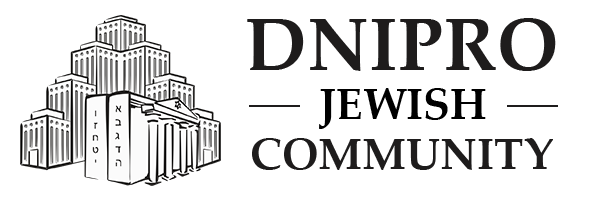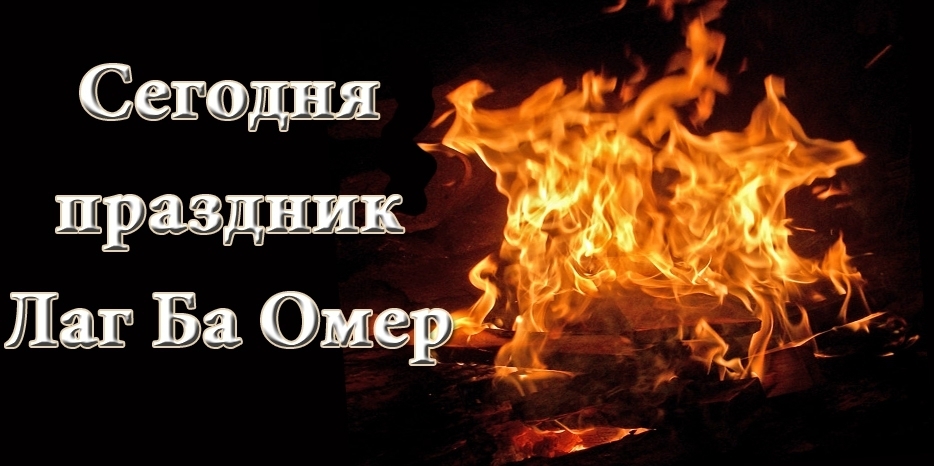Tonight, with the onset of the 18th of Iyar, Jews celebrate the 33rd day of the Omer count – the period in which we count fifty days from the beginning of Passover to the holiday of Shavuot.
As is well known, each Hebrew letter has a numerical value: the letter Lamed equals thirty, and Gimel equals three. Together, they form thirty-three – pronounced “Lag,” which gives the holiday its name. The Omer itself refers to the barley offering of the new harvest brought to the Temple – a ritual that took place during Passover.
Jewish tradition does not specify a single reason for why this day is celebrated, but many significant events in Jewish history occurred on the 33rd day between Passover and Shavuot.
First, according to tradition, the manna that sustained the Israelites in the desert after the Exodus began to fall on Lag BaOmer.
Second, the terrible plague that took the lives of 24,000 students of Rabbi Akiva ended on this day. The sages teach that the plague was caused by a lack of love and respect among the students, and so the day it ended became a symbol of the commandment of Ahavat Yisrael – love for one’s fellow. (There is also a view that the students’ deaths were not due to plague, but to a series of military defeats against the Roman occupiers caused by a lack of unity, and that on Lag BaOmer, the Jewish fighters, having united, achieved a major victory.)
Third, this is the day when the great sage Rabbi Shimon bar Yochai, one of Rabbi Akiva’s foremost disciples, passed away. Before his passing, he asked that the day be celebrated with joy, as it was on that very day he was granted permission to reveal the hidden dimensions of the Torah, and thus began the spread of the Inner Torah. To this day, mass celebrations are held at Mount Meron in Israel, near the city of Safed, where Rabbi Shimon bar Yochai is buried.
Lag BaOmer traditions include lighting bonfires, archery, joyful games, and sports competitions – each of which is explained in various sources.
Among the disciples of Rabbi Isaac Luria, a custom developed to perform a child’s first haircut – the upsherin – on Lag BaOmer, as during the Omer period, certain mourning practices are observed in memory of Rabbi Akiva’s students, including a ban on haircuts.
In Israel, people visit not only Mount Meron on Lag BaOmer, but also the Cave of Elijah near Haifa. In Jerusalem, it is customary to visit the tomb of Shimon the Righteous (Shimon HaTzadik), a high priest and great Torah scholar from the early Second Temple era.
In the 20th century, another dimension was added to the celebration: at the initiative of the leader of our generation, the Seventh Lubavitcher Rebbe Menachem Mendel Schneerson, Jewish communities began holding children’s parades. Today, such parades take place on every continent and in hundreds of cities, showcasing Jewish unity and the importance of educating children in the spirit of Ahavat Yisrael.
In Dnipro, such parades have been held since the early 1990s. Our website will update readers on how Lag BaOmer will be celebrated this year in our news feed.




